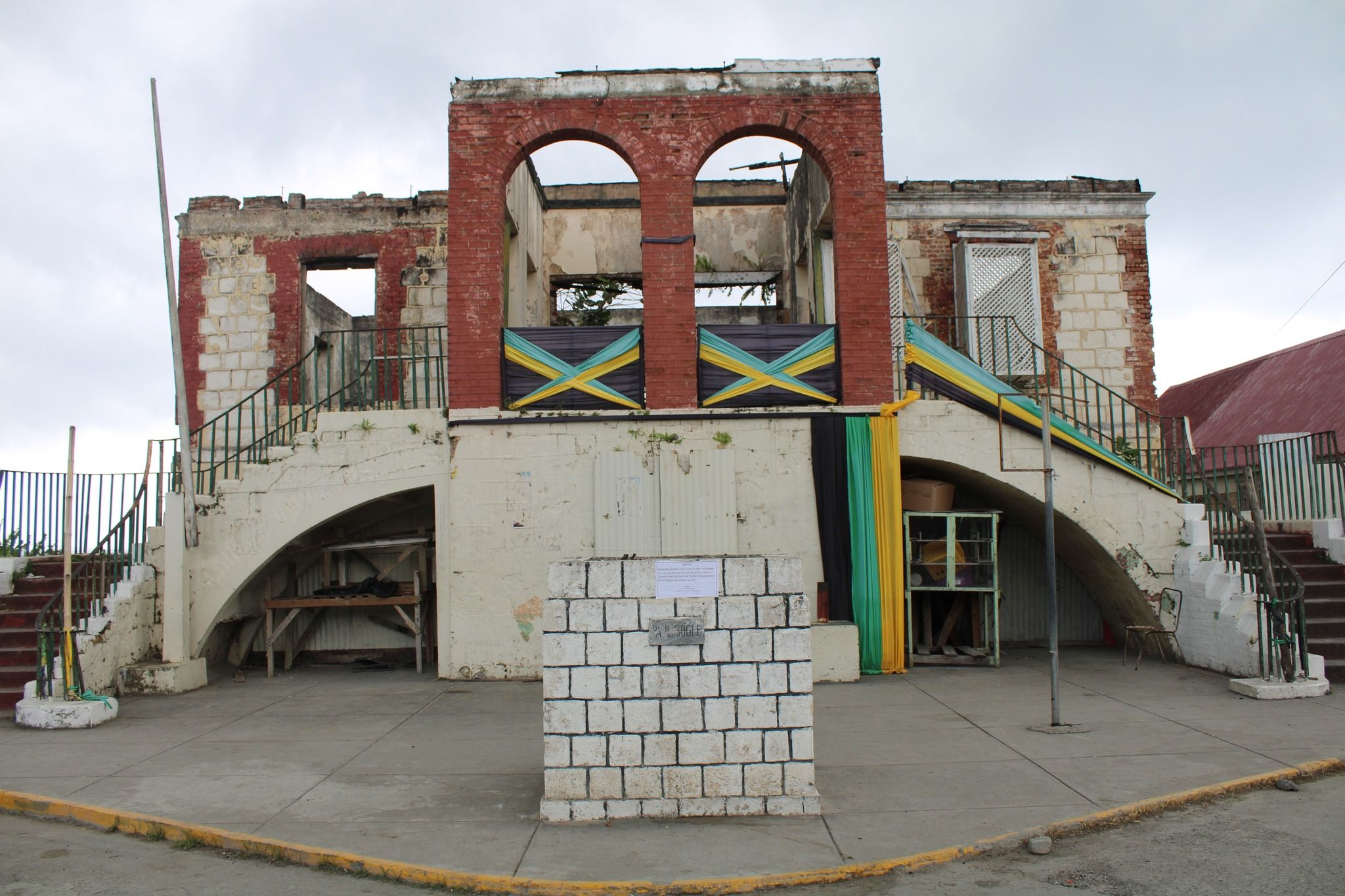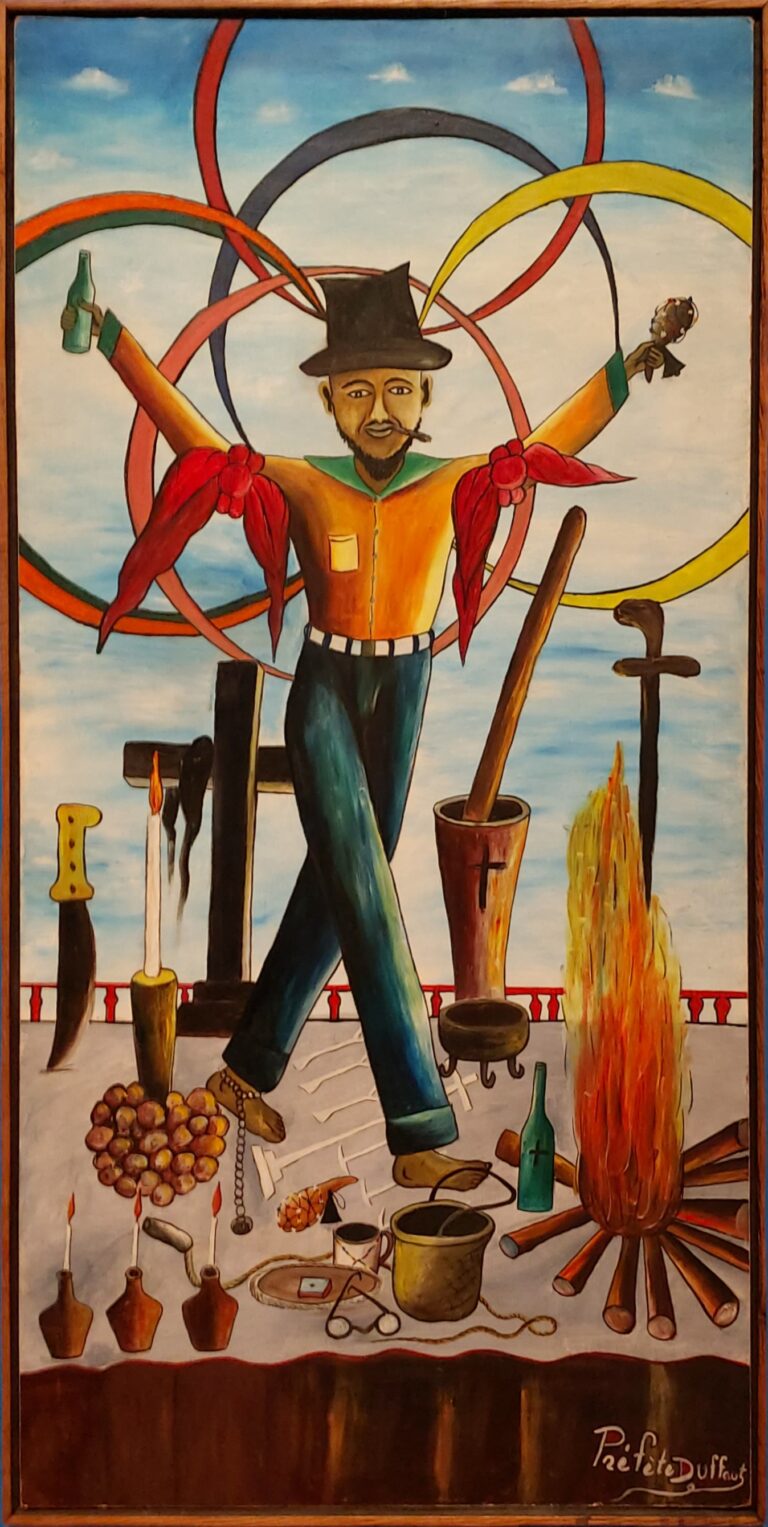The Art Year in Review-Governance and leadership in the public cultural sector- Part 2

In Part 2 of my article, the first part of which was published last Sunday, I continue to focus on critical issues of governance, leadership and performance in the public cultural sector. At the core of this is the relentless politicization, in the partisan political sense, of Jamaica’s public cultural institutions, mainly through politically appointed boards, and their impact on policy and the management of such institutions.
Similar questions of governance and qualified leadership apply to heritage management where increasingly problematic, ill-informed approaches seem to have become the norm. I am thinking of the controversial redesign of the Devon House courtyard and, in a tragi-comical example of the Disneyfication of Jamaica’s cultural heritage for tourist consumption, the plans for the Bolt Statue which is to be placed in the middle of the redesigned fountain in the historic Water Square in Falmouth, surrounded by changing coloured lights. That the Bolt Statue for Falmouth is a replica of Basil Watson’s statue at the National Stadium in Kingston raises its own questions, as there could surely have been a new commission from a different artist. In fact, it would be good to know what has happened to the statue that was commissioned and completed in the early 2010s from Kay Sullivan by the Port Authority, and, I gather, paid for but which was never installed. Questions arise, more and more, about who exactly makes the conceptual and technical decisions for such projects, and whether this is done by those persons who are best equipped to do so, in terms of their technical and critical expertise on the historical and cultural significance of the sites involved.
It will be interesting to see the, already delayed, Port Royal Museum when it finally opens. Its location within the walled compound of the new cruise ship terminal certainly raises alarm bells about which audiences this museum will be targeting and how the narratives presented will be framed, as engaging Jamaican audiences is obviously not a priority. It is unlikely that we will see the critical scholarship and museology that the complex and difficult subject of Port Royal warrants. Port Royal was, for instance, also a major slaving port. Romanticizing piracy and colonial military history, which is already in troubling evidence in the displays and tour guide scripts at Fort Charles, may be very marketable to the tourism industry, where expectations are groomed by Pirates of the Caribbean narratives, but in a credible museum this should be tempered with a huge grain of critical salt. That the Port Royal Museum experience will be “immersive,” as the press coverage has let us know, is hardly encouraging from that perspective.
Meanwhile, important historical monuments are left to languish, such as the Morant Bay Courthouse, which was gutted by fire in 2007 and which is increasingly derelict, while the square in front of it has deteriorated into a chaotic taxi stand. The sculpture base in front of the courthouse, which held Edna Manley’s Bogle statue until it was removed for conservation after the fire, remains hauntingly empty, while the controversy with members of the community that has prevented its return remains unresolved. One wonders if this site, which is so important to Jamaica’s history, cannot be co-opted readily as a tourist attraction or that what it represents is not presently seen as a political priority. The lack of any official response to the recent appropriation of the presumed Paul Bogle photograph, which has served as Jamaica’s official image of this national hero since the 1960s, to represent an African American historical figure, after all, points in similar directions. And let’s face it, the parish of St Thomas never seems to be a priority.
Many other stories of rampant neglect exist in the heritage sector, with the ever-incomplete “restoration” of the Ward Theatre, which is led by the Kingston and St Andrew Municipal Corporation, as another pressing example. A credible update on that project is long overdue, as there have also been questions as to whether the renovations meet the standards of architectural heritage conservation and the technical requirements for performance spaces.
The Tourism Enhancement Fund (TEF) has been an important source of funding in the cultural sector since it was established, for instance funding the establishment and operations of National Gallery West in Montego Bay, but this increasingly seems to mean that culture and heritage projects are being conceived primarily as tourism attractions. That the Devon House courtyard renovation project is directly managed by TEF is not coincidental. The possibly even more cash-rich Port Authority of Jamaica is also a major funder in this field with similar results, given that body’s involvement in developing the cruise ship industry. The Port Royal cruise ship terminal and museum are its projects. There is nothing wrong per se with mobilizing these funding sources for the benefit of the perennially cash-strapped culture and heritage sector, but care must be taken that touristic considerations do not take the upper hand over the needs and expectations of local audiences, with due attention to how Jamaican history and culture are managed and represented, and whose stories are being told and how.
I will not even comment on the Jamaica 60 programme here, as that barely registered on the cultural radar screen, at least not beyond the actual holidays, and certainly did not “reenergize” an increasingly weary nation. Nearly seven years into the current administration, there certainly needs to be a general review of the effects, efficacy and appropriateness of its interventions into the culture and heritage sector, as it appears that the balance card is not positive and the signals about what is to come are hardly auspicious.
Dr Veerle Poupeye is an art historian specialized in art from the Caribbean. She works as an independent curator, writer, researcher, and cultural consultant. The second, revised and expanded edition of her best-known book “Caribbean Art” was recently published in the World of Art series of Thames and Hudson. Her personal blog can be found at veerlepoupeye.com.






